After the global freeze on travel over two years, the Tourism Authority of Thailand (TAT) has launched the new "Amazing Thailand, Amazing New Chapters" concept for 2022, leading both Thai and foreign tourists to continue their journey and gain new travelling experiences, filled with a more fascinating insight into local culture and wisdom.
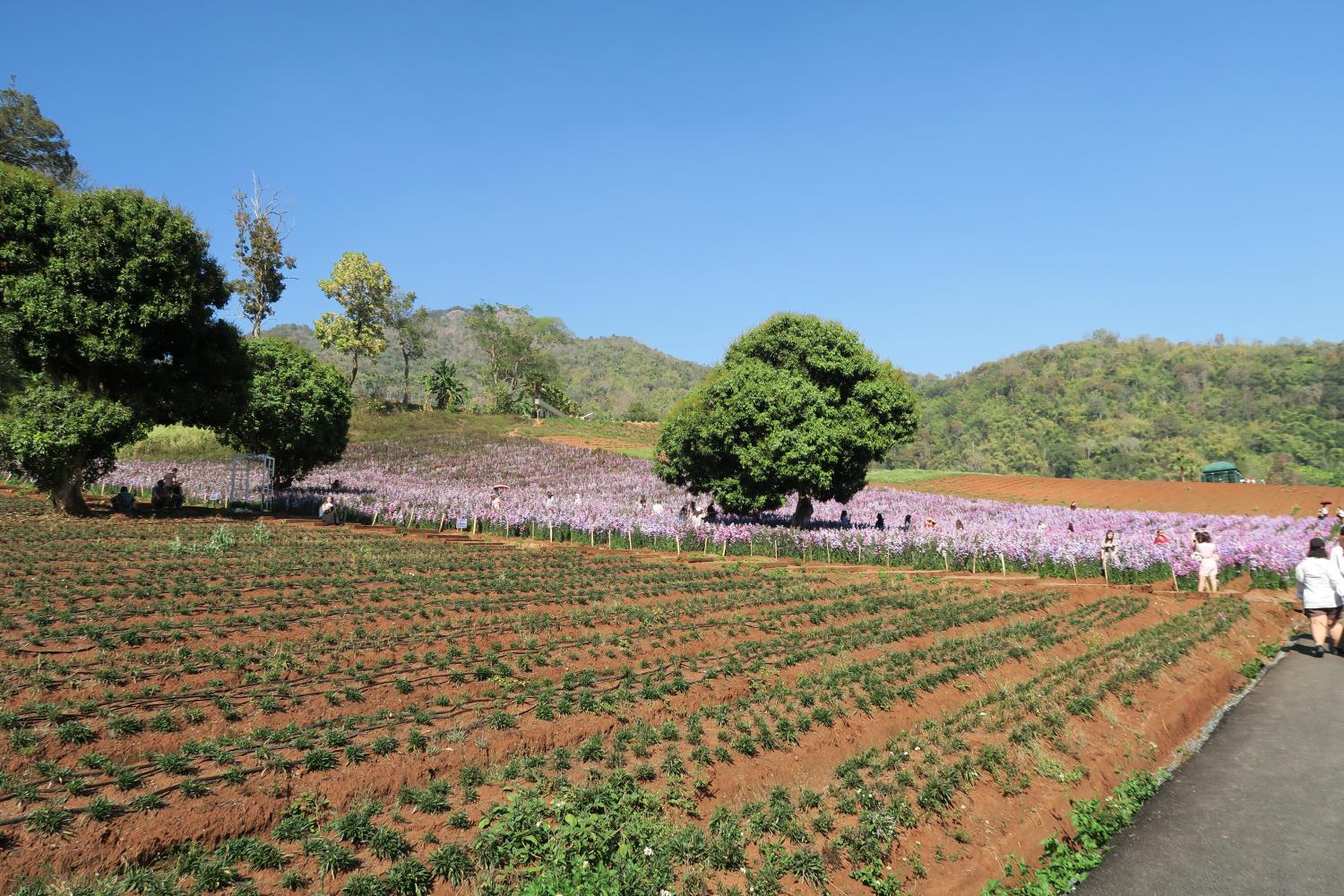

The Western-style Mon Jodd orchard.
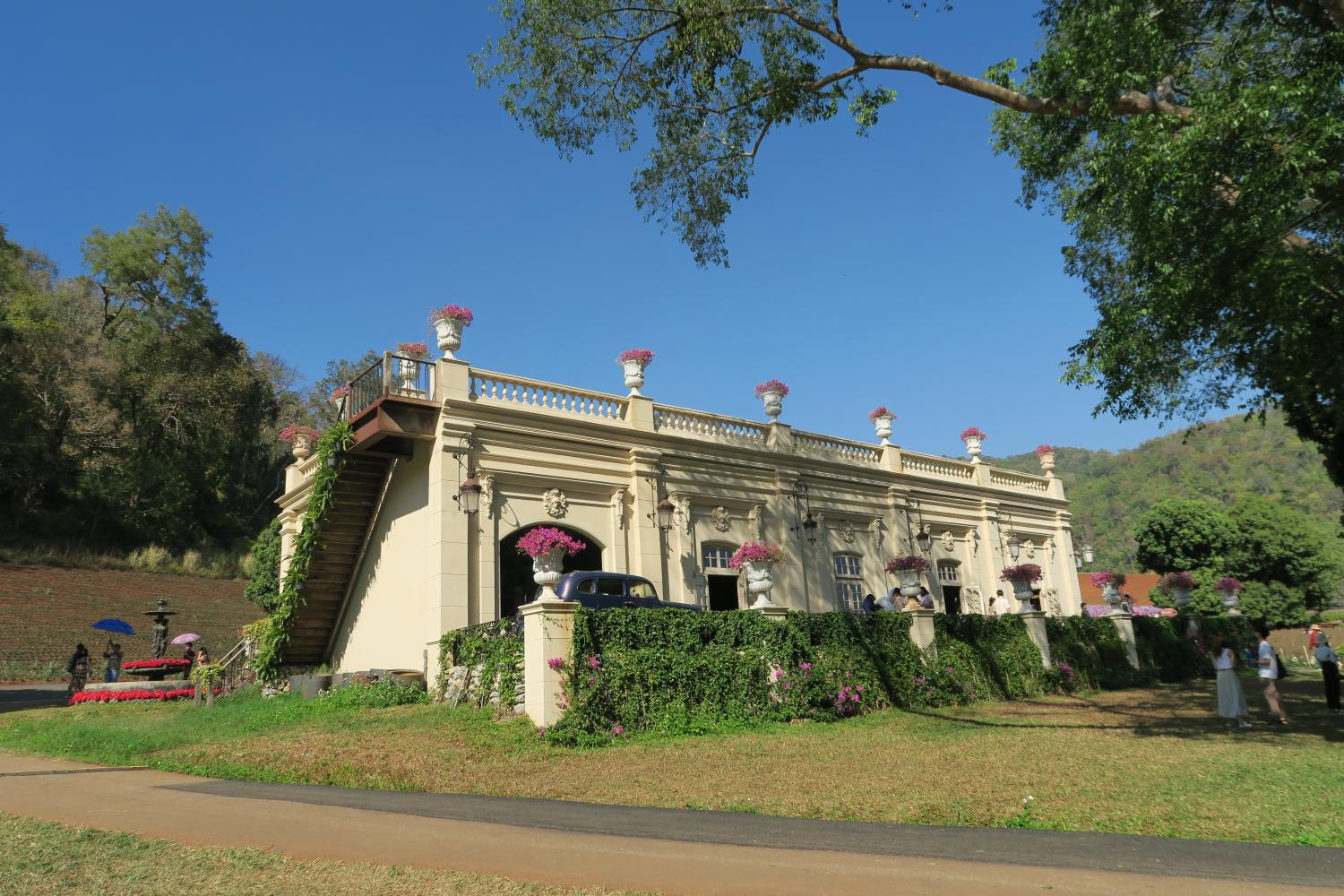
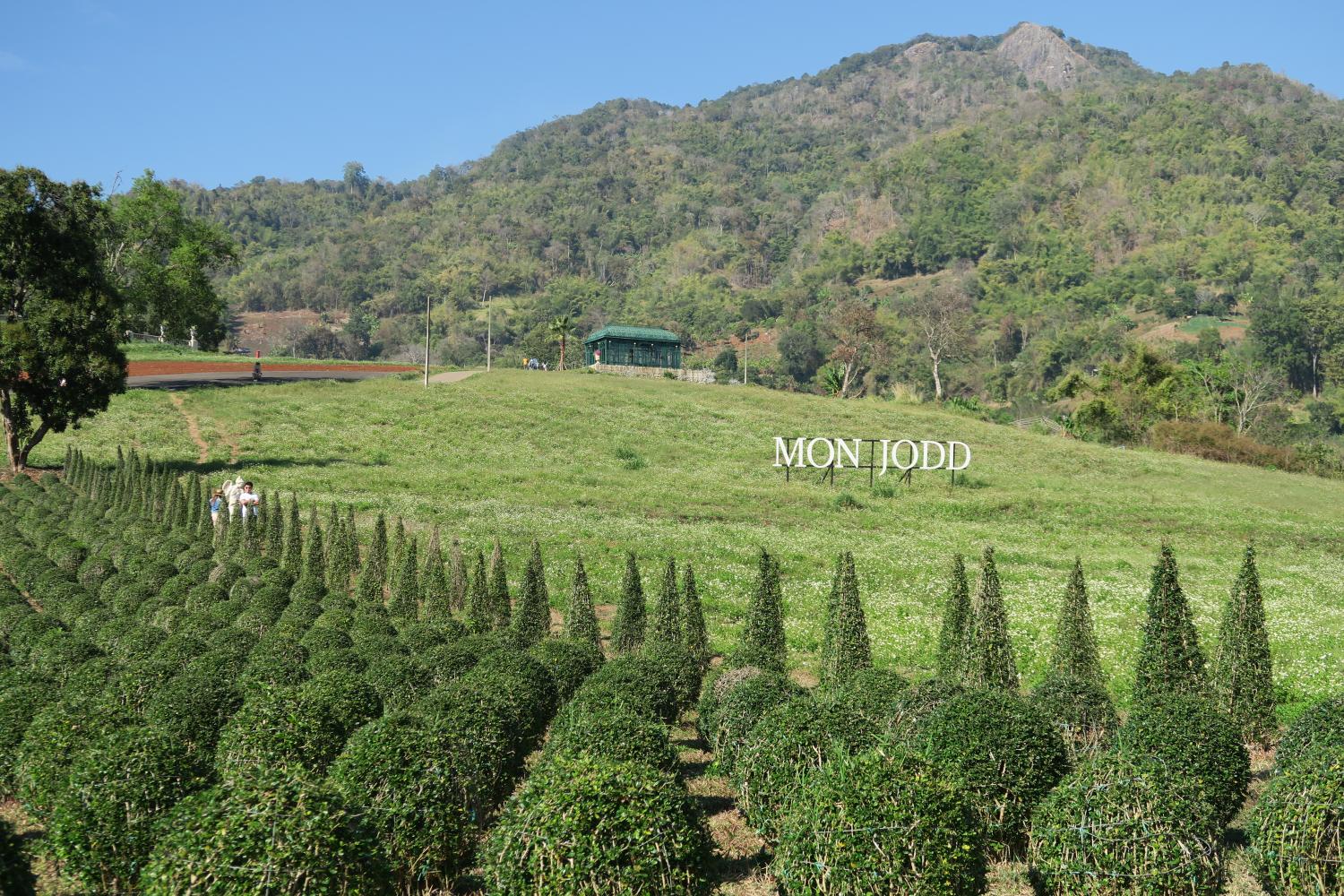

Siripakorn Cheawsamoot, deputy governor for marketing communication, noted that for the tourism industry, "strength must come from within".
"After Covid, the same travel rules are still applied. The Chinese government doesn't let its people leave the country. But its GDP has returned to normal because of domestic consumption. This is because Chinese people travel domestically. So, domestic tourism should be strongly promoted in every country, including Thailand. The strength must come from within," Siripakorn said.
Accordingly, the tourism organisations continued this year's collaborative project "Chiang Mai Blooms" to revive this northern province's heart and soul amid Covid-19.
A highlight of this annual project was the festival "Blooms In The Jungle" at Thailand's largest rose garden Ban Buak Tey. Dappled with golden rays of morning sunlight, grandiflora and miniature roses were blossoming and beautifying this village's mountains. The fresh air was filled with a hint of those flowers' sweet, delicate scent.
I sat there and enjoyed the village's magnificent scenery, slowly sipping at my tea with fresh strawberries in a hut that sheltered me from the cold wind. Later, I picked up a basket and walked into the garden to cut roses for my own bouquet. Then I noticed that the colours in this garden ranged from cool soft pastels to deep purples, perfect for the upcoming spring in northern Thailand.

Tha Pae Gate.
Saensuk Leethanabdee, the owner of this garden, explained that this violet shade, like cool water, was now popular among flower lovers, but vivid red was still many couples' favourite colour on Valentine's Day.
"Previously, villagers only planted roses to sell them as a bouquet. Yet a lot of our flowers were thrown away during the pandemic because no one visited our village. So we started to grow potted roses and sell them to other cities," he added.
Eventually, local people in this community, Ban Buak Tey, learned how to adjust their living and make their Chiang Mai rise again like their beautiful roses in full bloom.
Apart from this floral festival, TAT hosted a series of creative activities, especially for Thai travellers, to experience in Chiang Mai's restaurants and coffee shops, including farm stays and street markets throughout this month.
Siripakorn noted that the Amazing New Chapter "doesn't focus on the Thai traditional way of life anymore but new experiences, which travellers will receive and then share with others".
"We want to turn all product categories into an experience menu. So the new chapter is not about travelling in Chiang Mai, but it is about what we're going to do in Chiang Mai. It is about happiness and safety that we will provide for Thai tourists."

Wat Phantao at Tha Pae Walking Street.
In fact, many all-inclusive resorts and hotels including new homestays with campsites in this northern province recently added the concept "happiness and safety" to their hospitality. They now present natural farming as a traditional way of life, coming up with organic meal recipes or special floral menus for their restaurants and cafes.
Starting with Mori Natural Farm, a mixed Lanna-Thai-Japanese farm stay in Mae Rim district, the owner Po Sitthichok and his wife shared with me their happiness about their organic farming and minimalist interior design.
After leaving their busy city life behind, this couple reused old materials from their former residence to build five houses with an onsen room and started natural farming, raising dogs, cats and ducks, including red junglefowl.
Po cheerfully said: "When I bought this farm, I tried to create everything that blends seamlessly with nature here. Instead of planting grass seeds, I decorated my garden with Japan's cutter flowers to retain moisture in the soil. When the soil doesn't dry out, earthworms come up to take a sunbath and then jungle fowls enjoy shopping, pecking at those earthworms.
"These birds used to come at noon and return to their home in the forest but now they live here because we make this place natural and non-chemical. All cats and other animals here come and live with us too."
In this regard, Mori's charm is completely spontaneous and genuine. It is totally different from the Western-style orchard Mon Jodd, decorated with deliberately selected oak trees and flowers.

Wat Chedi Luang Varaviharn at Tha Pae Walking Street.
A year later, Po added Mori coffeehouse, serving new Asian fusion cuisine that combines native culinary traditions with fresh ingredients from their organic gardens and the local community Ban Muangkham.
Like the owner of the restaurant Ban Khun Nine Kitchen where I had dinner with companions during this Chiang Mai trip, he designed and crafted some furnishings such as wooden chairs to create a lively, convivial atmosphere at his cafe.
Moreover, this former electrical engineer began running Mori Natural Farm on a solar battery system in the hope that his neighbours in Ban Muangkham would follow him, using this renewable clean power to reduce greenhouses gases. Seemingly, such a positive image of Mori's healthy lifestyle and local food sources could encourage sustainable agriculture and boost the local economy.
Similarly, Ban Wasunthara, a floral omakase restaurant and homestay in San Sai district, offers the new daily set of southern Thai dishes that highlight the flavoursome aroma and texture of edible flowers. Each refined dish is exclusively cooked by the owner and chef Wilat Julakal who harvests and grinds rice by hand at his natural farm.
Fed up with his rushed lifestyle in Bangkok, the former translator from Surat Thani moved to Chiang Mai as he wanted to prepare food with fresh, clean ingredients and good cooking like his parents did.
"Bangkokians never have a chance to eat rice rich in minerals because it is placed in vacuum-sealed bags, which is not a good storage method. But my rice still has life energy for 20 days after milling," he noted.
"I also plant seasonal flowers rather than vegetables. I grow butterfly peas, marigolds, roses and ixora flowers. Still, local people here don't eat flowers. They see it as a decoration. However, many hotels come to order my flowers every week."

The cafe at Mori Natural Farm.
Admittedly, I didn't dare to eat floral decoration on a salad plate until I smelled the refreshing scent of those colourful blooms. Pink roses had a little sweet, tender flavour, whereas others tasted spicy and cold like a peppermint.
After a three-hour lunch at Ban Wasunthara, I spent my Sunday evening at Tha Pae walking street. Unlike the Saturday night market on Wualai street, this Sunday market had an exceptionally festive, warm vibe. Buddhist temples, including restaurants and bars, were thronged by a large crowd. I could immerse myself with live folk music and street artworks, including Benjarong ware and silver, engraved plate.
Additionally, there were lovely pieces of silver jewellery and a collection of traditional handicrafts, featuring exquisite textiles, embroideries and scarlet brocade silk with unique embellishments. These handmade items rejuvenated my passion for Thai textiles and traditional fabrics. Finally, I had a chance to explore the world of textile arts at Studio Naenna, which brought together all-female weavers, embroiderers and designers from various ethnic groups in northern Thailand to create eco-friendly products and preserve their traditional culture.
It was such an enjoyable experience to naturally dye the indigo fabrics with Patricia Cheesman, the founder of this textile gallery. She shares her knowledge of indigenous art, including weaving and paintings with visitors, and encourages them to experiment with design and pattern creation. Her daughter Lamorna is Studio Naenna's manager and represents their weaving group, taking it to the next level.
Visit tourismchiangmai.org for more information.
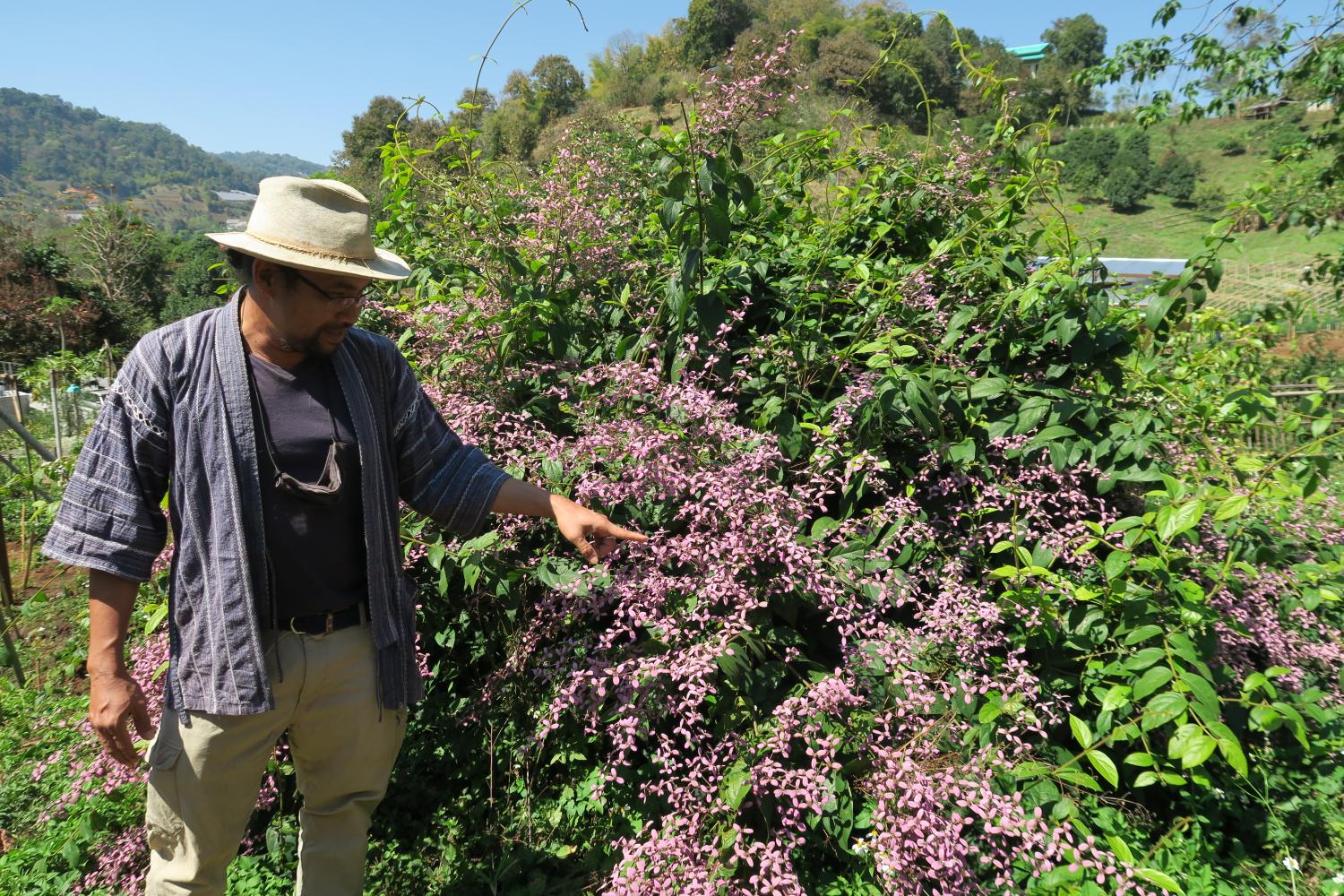
Po Sitthichok, the owner of Mori Natural Farm.
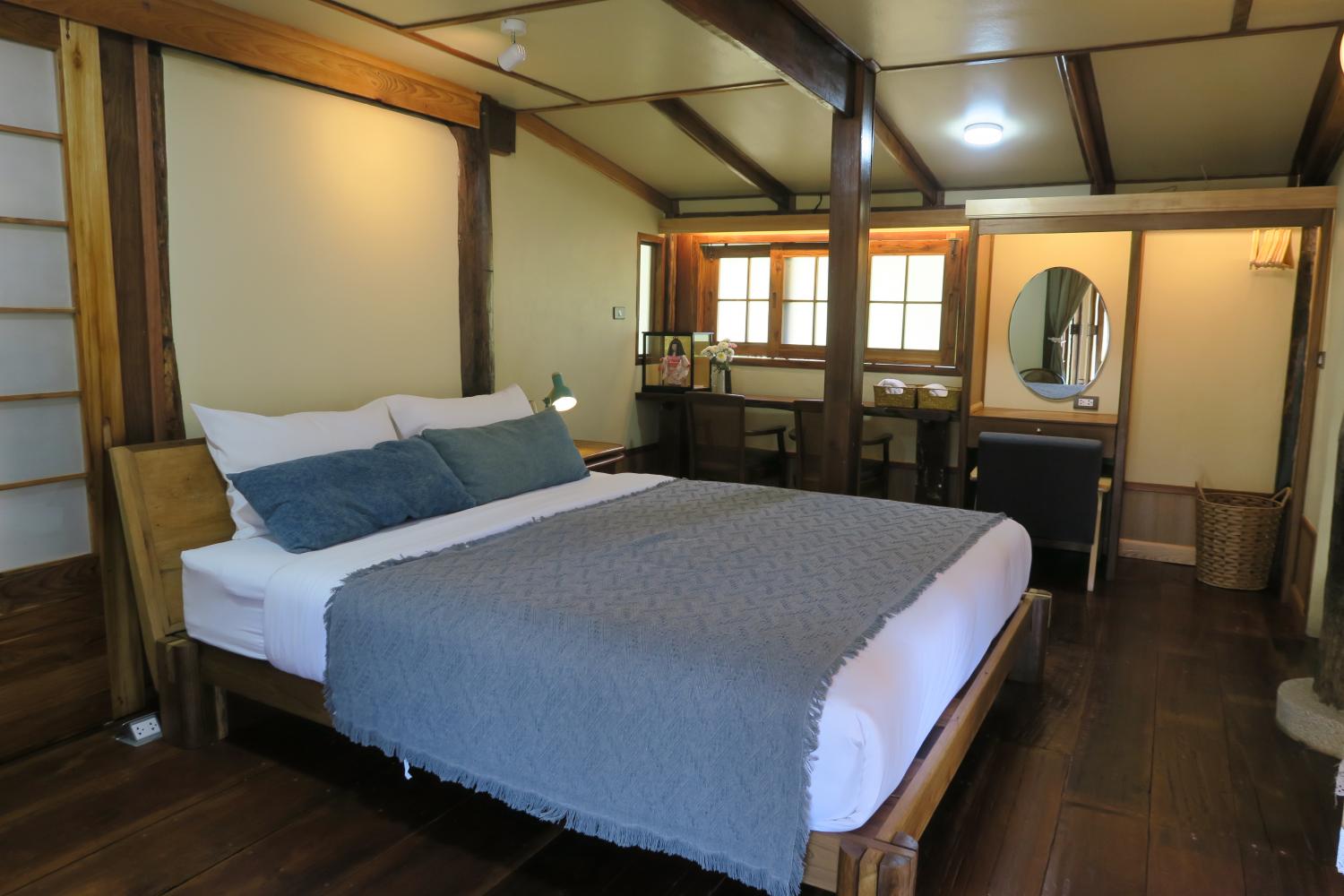
Mori Wabi Sabi house's master bedroom.
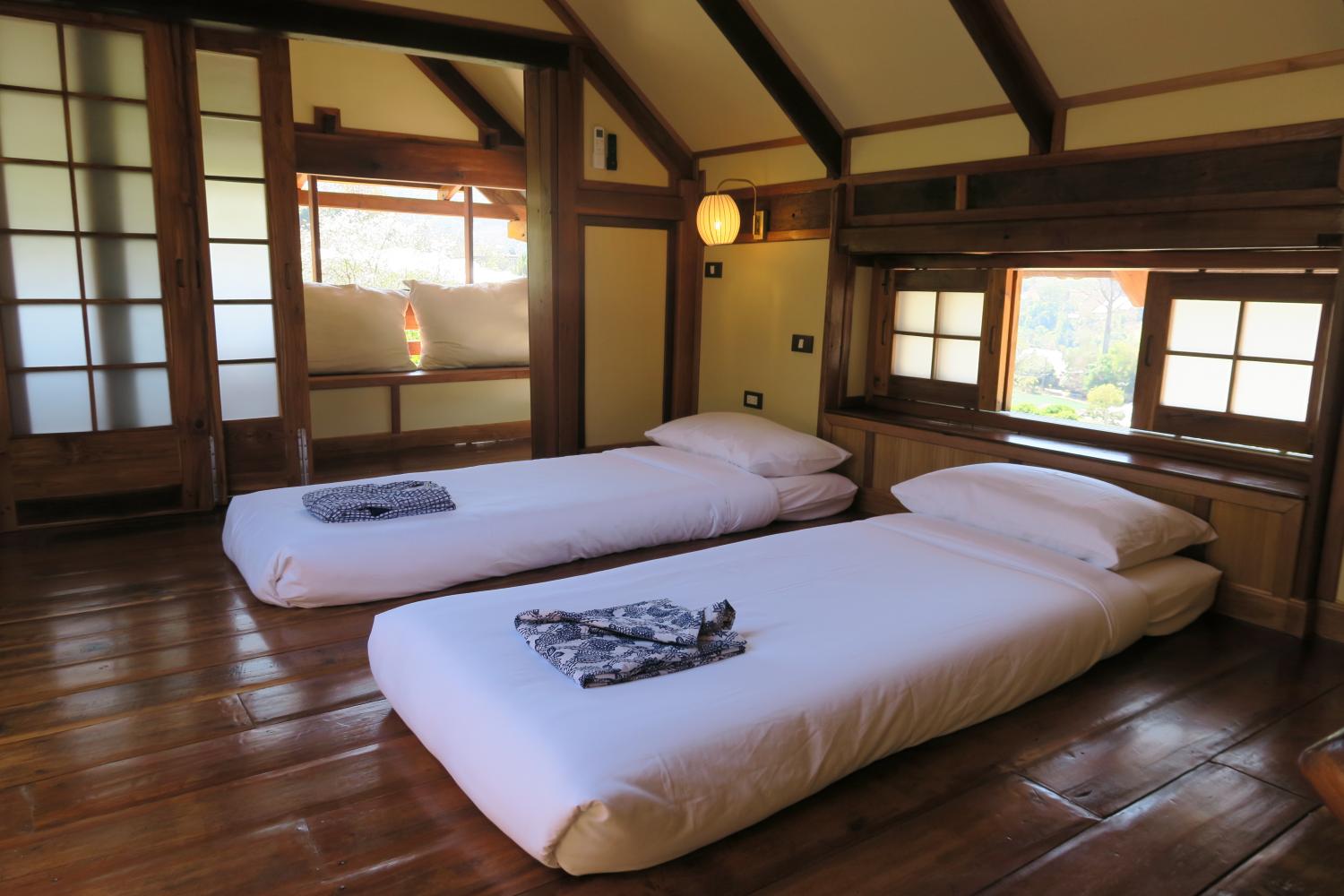
A bedroom on the 2nd floor of Mori Wabi Sabi house.
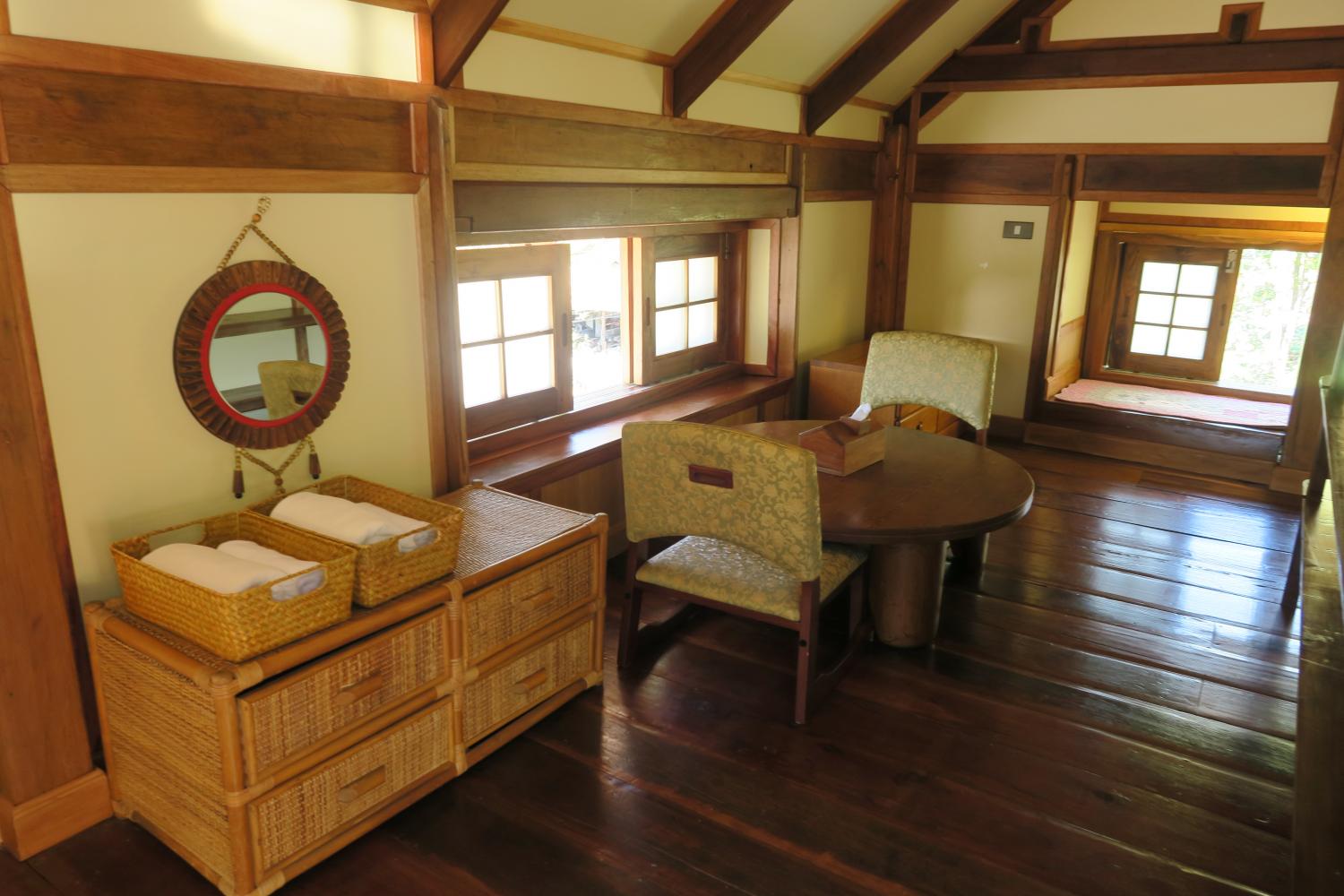
A living room in Mori Wabi Sabi house.
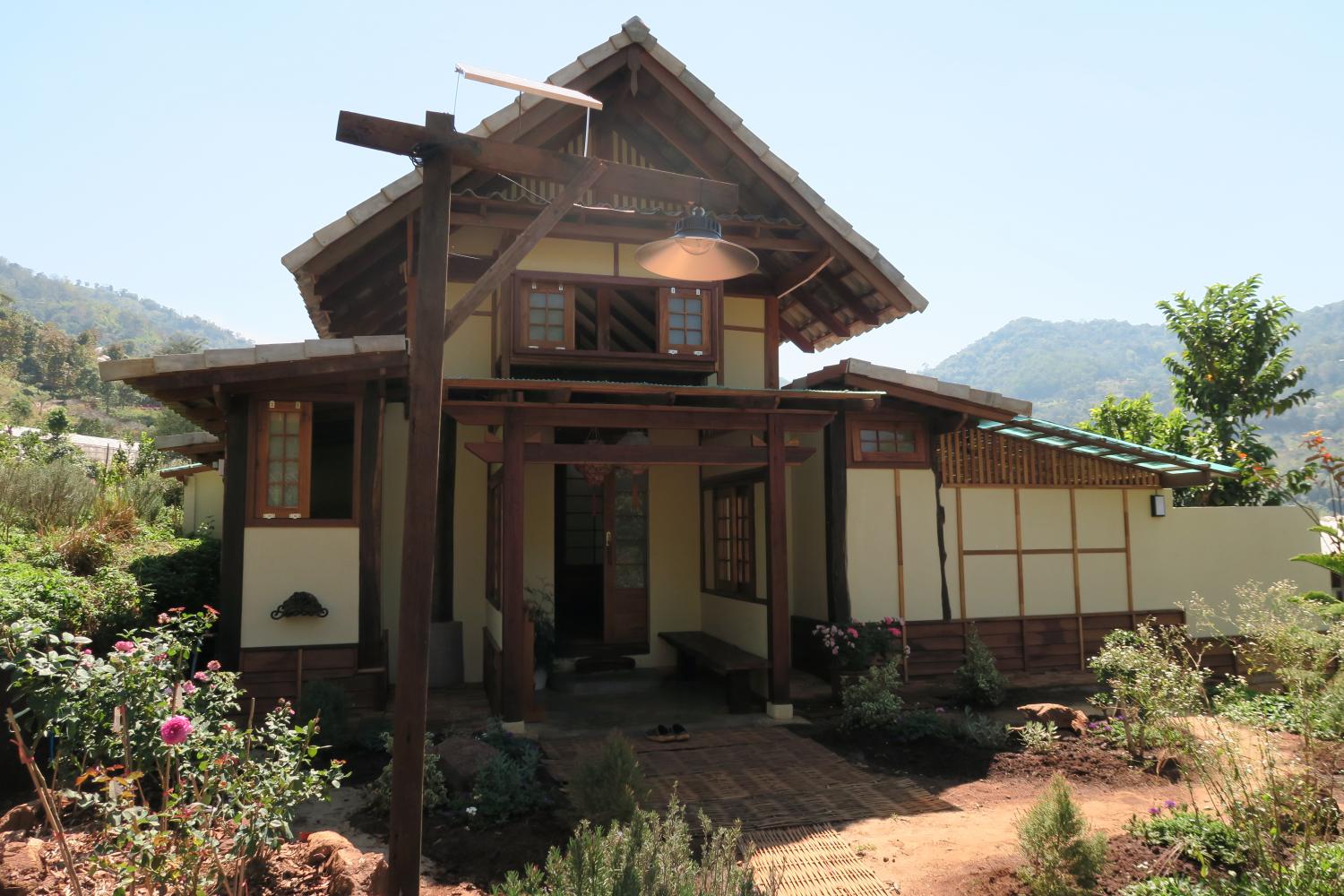
Mori Wabi Sabi house.

Mori Wabi Sabi house's backyard.

Ceiling Lamps designed by Po Sitthichok.

The statue of Rong Wongsawan, a Thai national artist and owner of Tune in Garden.

Sumalee Wongsawan, the owner of Tune in Garden and Rong Wongsawan's wife.

Wualai Walking Street.
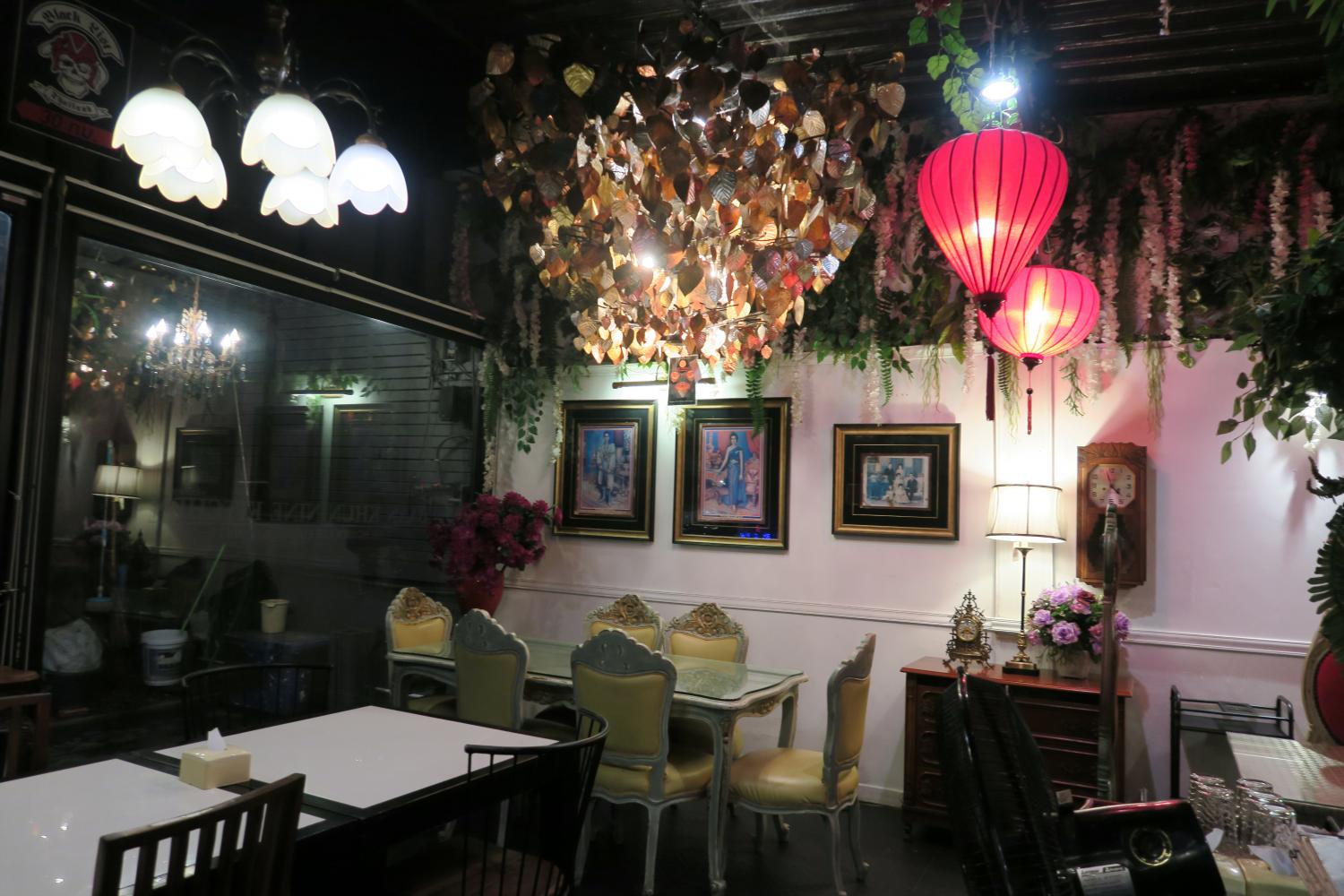
Ban Khun Nine Kitchen.

Chiang Mai Blooms project at Ban Buak Tey.

Rose garden at Baan Buak Tey.

Ban Wasunthara.

Miang kham, one of Baan Wasunthara's signature menus.
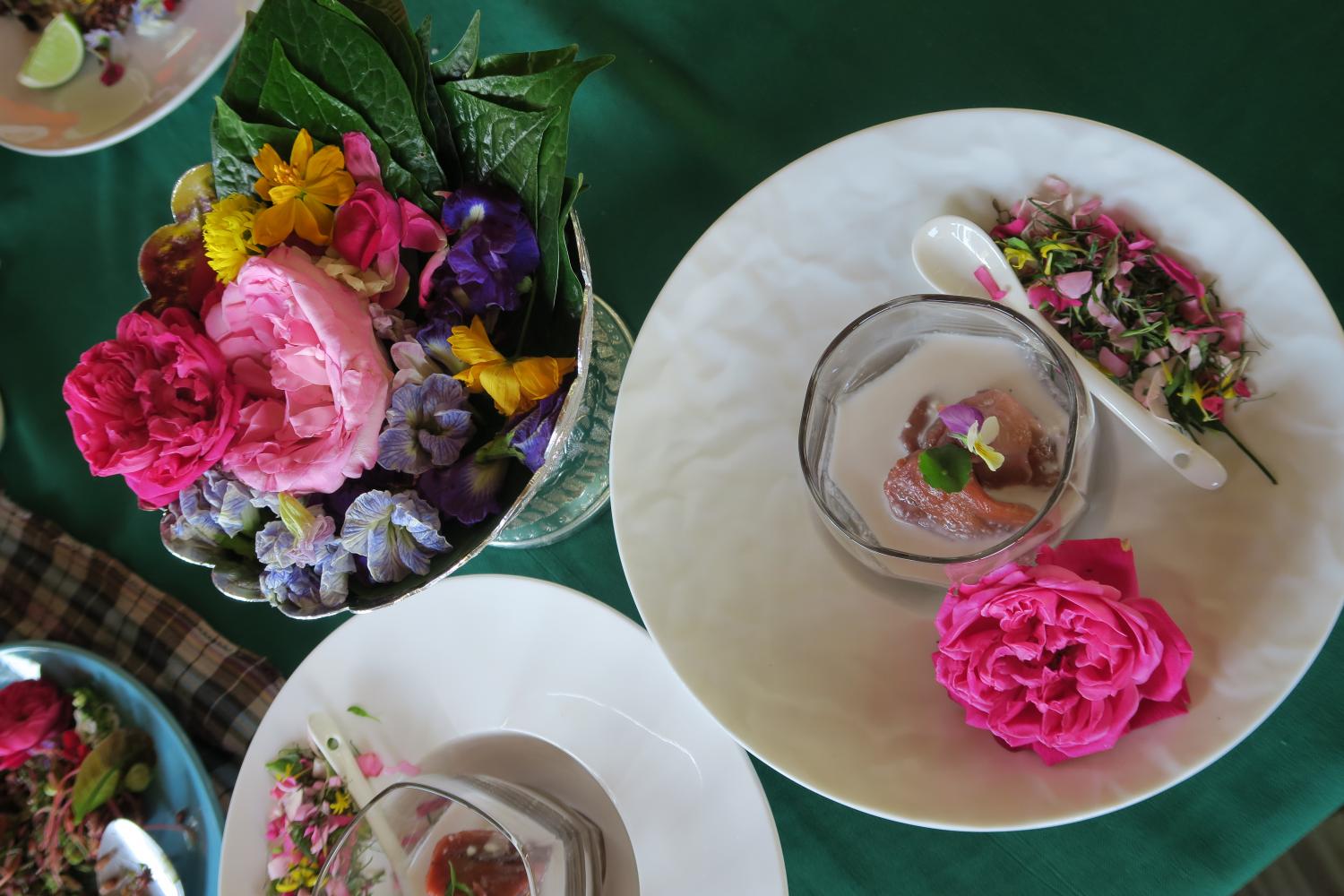
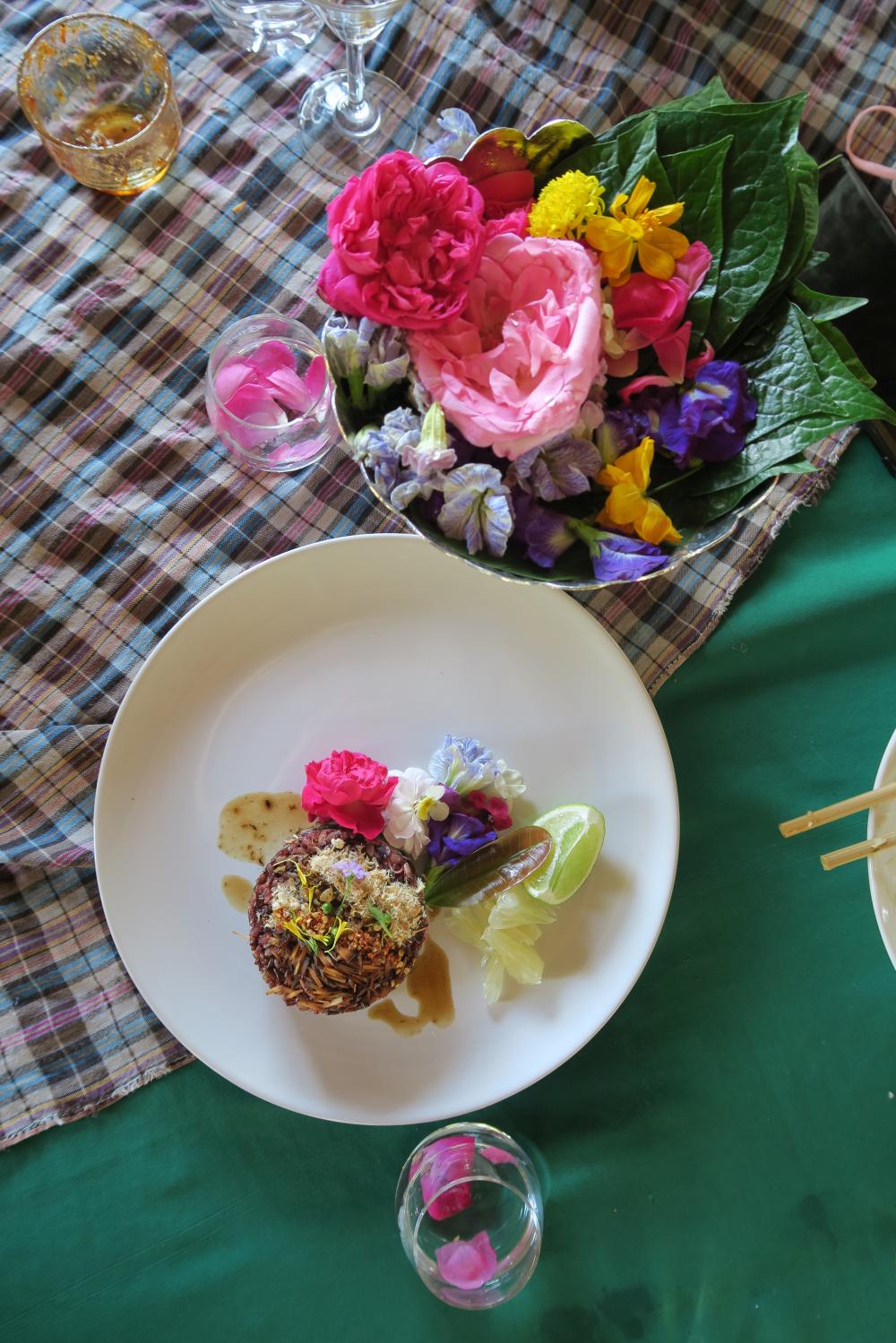
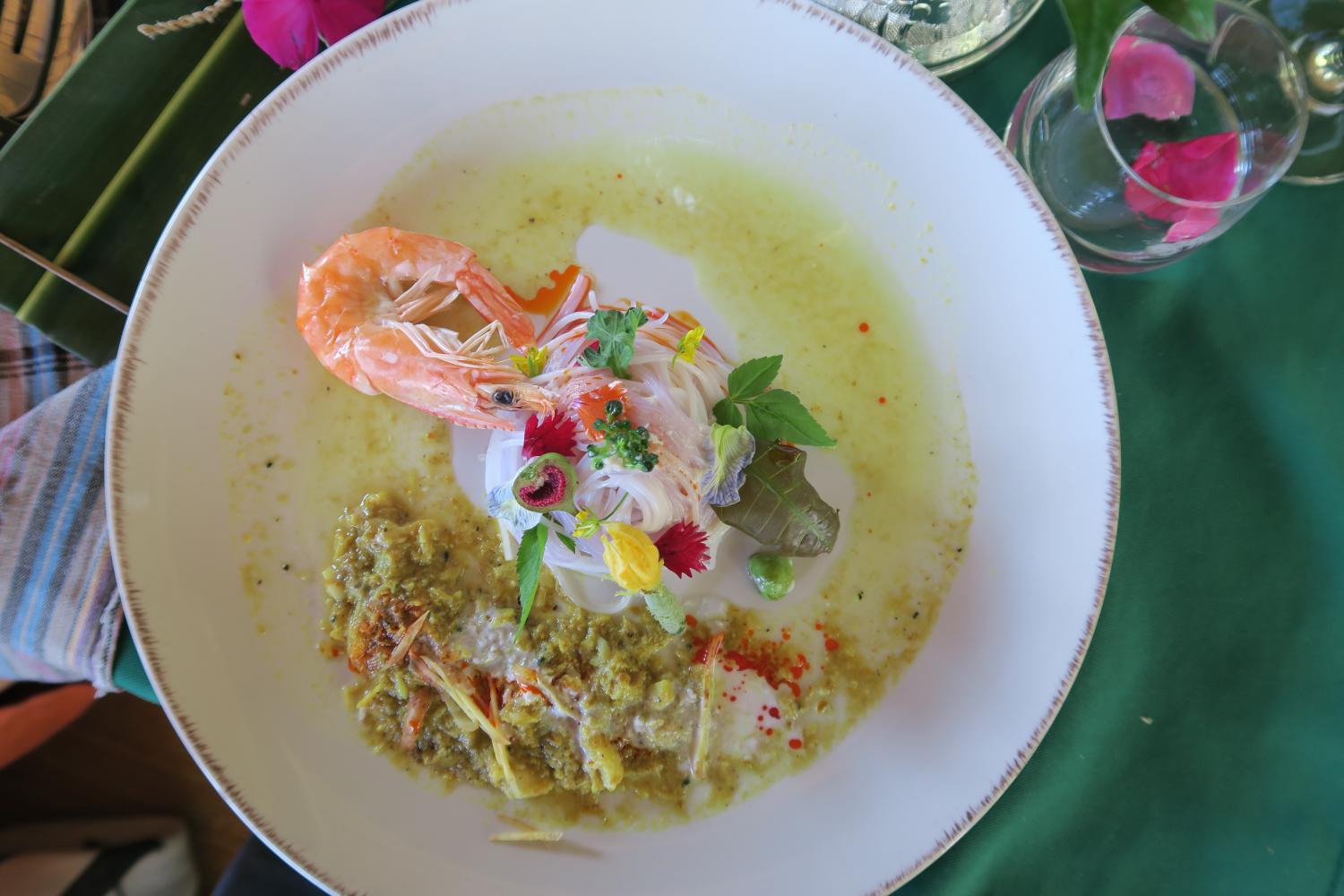

Tha Pae walking street.

Benjarong tableware shop at Tha Pae Walking Street.
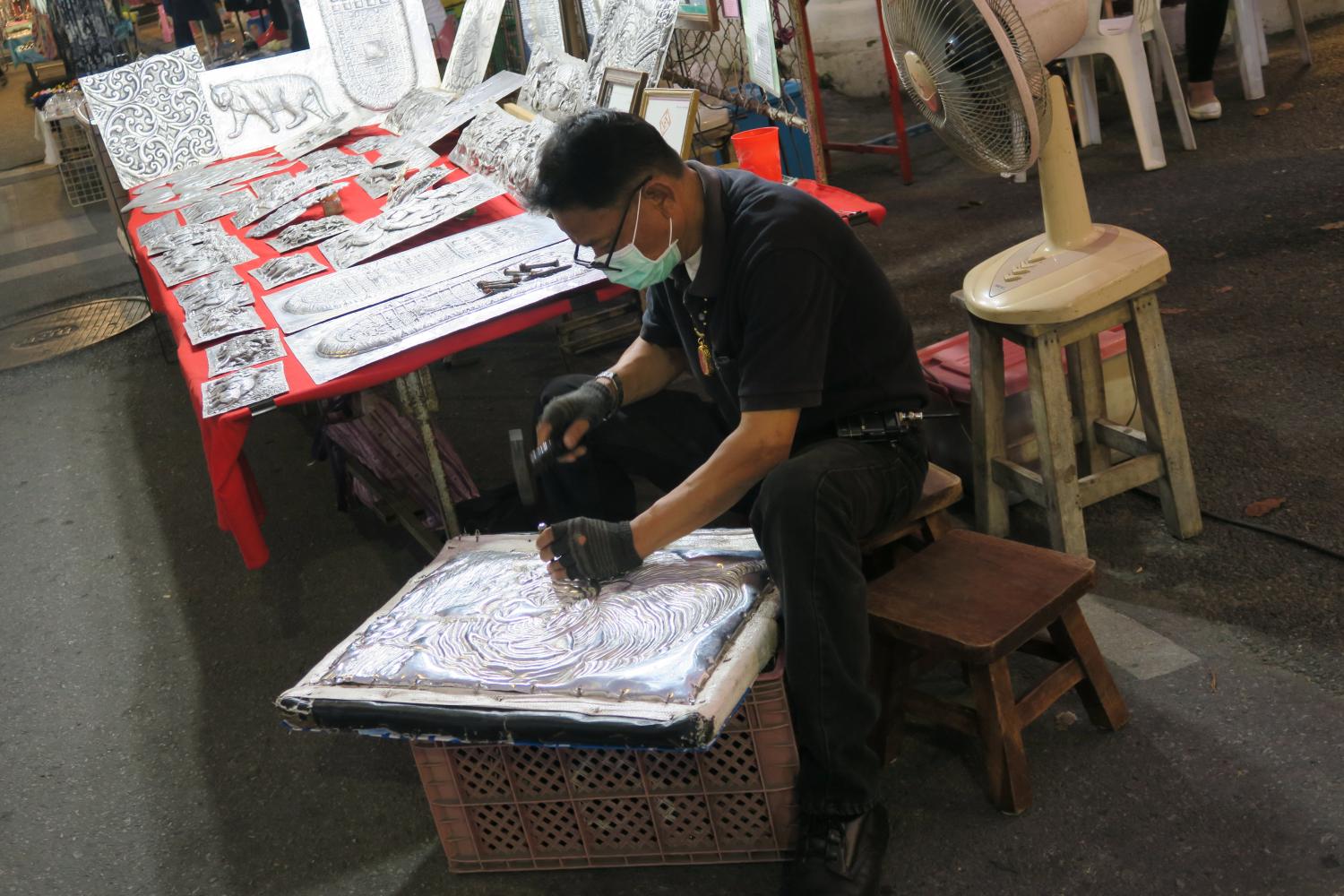
An engraver works on a silver plate at Tha Pae Walking Street.

Patricia Cheesman, the founder of Studio Naenna, teaches how to dye cloth with indigo.
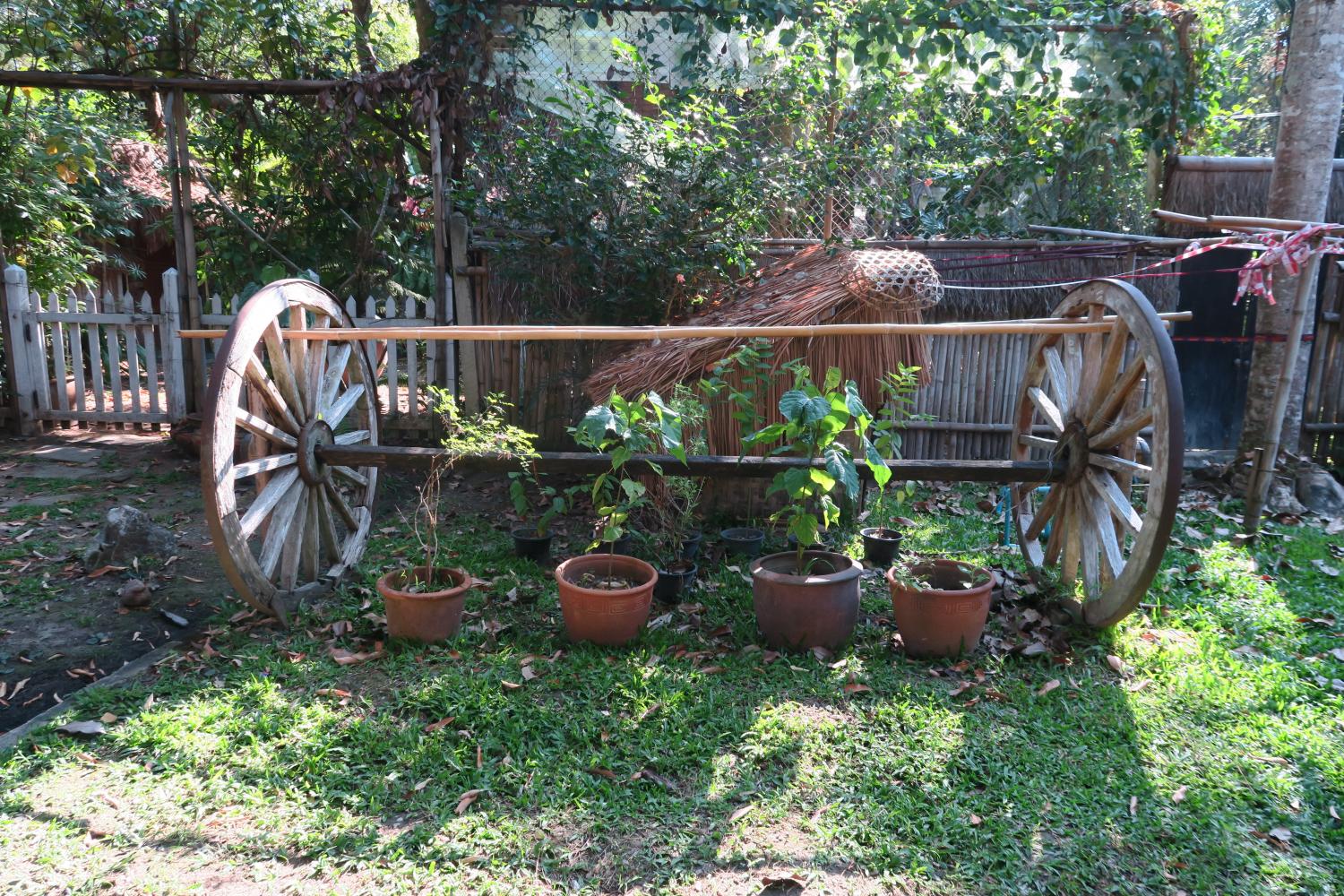
Indigo plants at Studio Naenna.

Patricia Cheesman and her daughter Lamorna.
